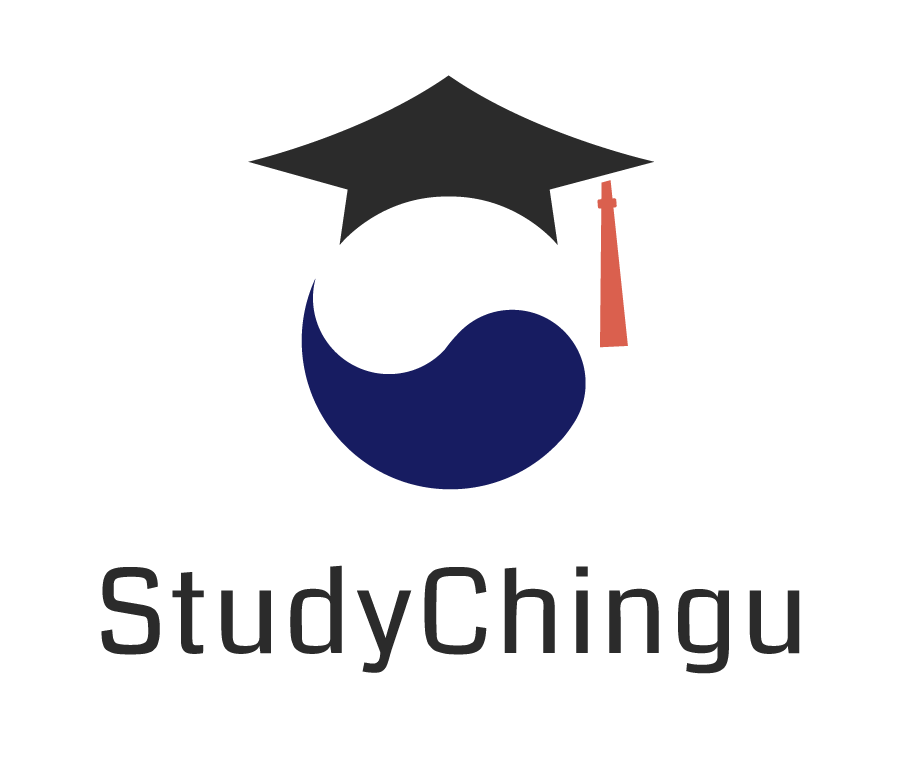Did you know that several universities in Korea are selected as one of the world’s top universities every year?
Korea’s education system is renowned for its high academic standards and offers a wide range of undergraduate and graduate programs. A degree from a Korean university is highly regarded globally, significantly enhancing your international career prospects. Moreover, living and studying in Korea means you can immerse yourself in Korean culture, traditions, and lifestyle. Without further ado, here are 7 useful tips for applying to Korean universities!
7 Things to Note When Applying to Korean Universities
Research-Oriented Universities
Before deciding to apply to a Korean university, it’s a good idea to research the universities and the programs they offer. While most Korean universities accept international students, not all programs are available to them. Key factors to consider include location, course language, tuition fees, and the school’s reputation. Keep in mind that undergraduate programs lead to a bachelor’s degree and typically last 3 to 4 years. To help you find the ideal place to study in Korea, check out our article on the best cities to study Korean in Korea.
Admission Requirements
This is the most critical part of applying to a Korean university. As mentioned earlier, Korean universities are known for their high academic standards, and they maintain a strict review process for admission applications. You can find detailed information on the university’s official website, but here’s a summary of key requirements for international students: academic transcripts, English proficiency test scores (e.g., TOEFL or IELTS), letters of recommendation, and a statement of purpose.
From experience, letters of recommendation should come from professionals like instructors, administrators, or individuals who have worked with you. Your statement of purpose should outline your educational motivations and future career goals.
Language Proficiency
As an international student applying to a Korean university, you should know that programs are primarily offered in two languages: Korean and English. If you opt for a Korean-language program, you’ll need to take the TOPIK (Test of Proficiency in Korean) exam to demonstrate your Korean skills. Most universities require at least TOPIK Level 4 for undergraduate enrollment.
If your program is in English, you’ll need to submit English proficiency test scores only if English isn’t your native language or if you’re from a country where English isn’t the official language. But here’s the catch: even for English-taught programs, you’ll still need TOPIK Level 4 or higher to graduate. For more details on the TOPIK exam, refer to the official resources.
Don’t worry, though—help is available! If you’re planning to apply to a Korean university, consider starting your Korean studies with us. We’ve helped many students achieve their dreams of living and studying in Korea, and we’re confident we can assist you too. Check out our articles and language school pages for more information on preparing to study in Korea.
Scholarship Eligibility and Visa Application
A helpful tip when applying to Korean universities is to explore scholarship opportunities offered by the Korean government, universities, or other institutions. Many scholarships cover up to 60% of tuition fees, while some even provide living expenses for the entire program duration. However, availability and terms vary by university, so check the eligibility criteria carefully.
Once you’ve met all admission requirements, chosen your preferred university and program, and submitted your application, you’ll receive an admission letter. With that in hand, you can apply for a D-2 student visa at your nearest Korean embassy or consulate. Required documents include the visa application form, admission letter, passport, proof of financial status, and a health certificate.
Course Registration
Similar to the application process, course registration varies by university but typically involves several steps. Here’s a general overview: First, understand the registration period set by the university for each semester. Then, review the list of available courses to find detailed information about the classes you want to take and ensure they fit your schedule.
Fun fact—some courses may have grade restrictions or limited enrollment, so check the prerequisites (e.g., major/minor requirements or specific grade thresholds) before signing up. Once your schedule is set, you can register for classes online via the university portal, where you can also view, confirm, or adjust course details.
GPA System
Korean universities use three main GPA (Grade Point Average) systems: 4.0, 4.3, and 4.5. To assess academic performance, they typically adopt a 4.5-point scale ranging from A+ to F. Here’s the breakdown:
A+: 4.5
A: 4.0
B+: 3.5
B: 3.0
C+: 2.5
C: 2.0
D+: 1.5
D: 1.0
F: 0.0
Each course grade is multiplied by the course’s credit hours. To calculate your semester GPA, divide the total grade points by the total credit hours completed. At the end of your program, a cumulative GPA is computed across all semesters to measure your overall academic achievement.
For example: A student earns A+ (4.5), B (3.0), and C+ (2.5) in three courses, each worth 3 credit hours. The GPA is calculated as:
[(4.5 × 3) + (3.0 × 3) + (2.5 × 3)] ÷ (3 + 3 + 3) = (13.5 + 9.0 + 7.5) ÷ 9 = 30 ÷ 9 = 3.333
*Note: Credit hours vary by school and reflect the time and effort required for a course, often tied to weekly class hours (e.g., 3 credit hours = 3 hours of class per week). Some schools define 1 credit as 50 minutes, and labs or seminars may carry 0 credits.
Further Education or Employment
Great news for international students: studying at a Korean university offers benefits and global opportunities both during and after your program. These programs equip you with essential knowledge and skills, preparing you for employment in Korea or internationally. Plus, they open doors to further education opportunities down the road.

















